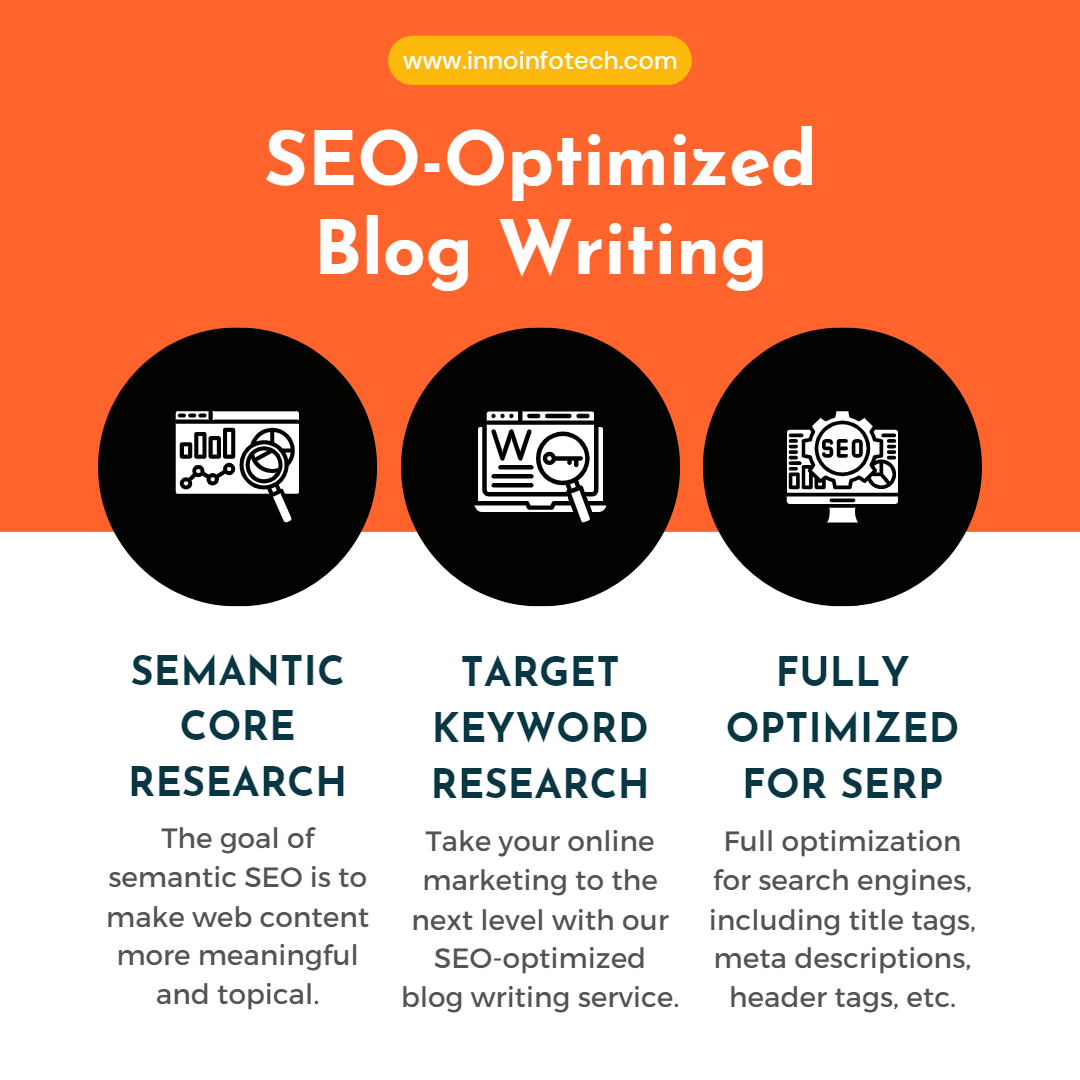Core Web Vitals have become an important factor in website user engagement and conversions.
These metrics are a set of website performance indicators that are designed to measure the user experience of a website.
The Core Web Vitals consist of three main components: loading, interactivity, and visual stability.
The loading component measures the speed at which a website loads.
This includes the time it takes for a website to become visually complete, which is known as Largest Contentful Paint (LCP).
Websites that have a faster loading time tend to have a better user experience and are more likely to keep users engaged.
The interactivity component measures the responsiveness of a website.
This includes the time it takes for a website to respond to user interactions such as clicks, taps, and scrolling.
A website that has a fast response time tends to have a better user experience and is more likely to keep users engaged.
The visual stability component measures the stability of a website’s layout as it loads.
This includes how much the layout shifts as new content is loaded.
Websites that have a stable layout tend to have a better user experience and are more likely to keep users engaged.
So, how do Core Web Vitals impact user engagement and conversions? The answer is simple – a website that has a better user experience is more likely to keep users engaged and encourage them to take the desired action.
If a website loads quickly, is responsive, and has a stable layout, users are more likely to stay on the website, engage with the content, and potentially convert.
In addition, Core Web Vitals also impact search engine rankings.
Google has stated that Core Web Vitals will become a ranking factor in May 2021.
This means that websites that prioritize Core Web Vitals optimization will have a better chance of ranking higher in search engine results pages (SERPs).
In summary, Core Web Vitals have a significant impact on user engagement and conversions.
By prioritizing website optimization for Core Web Vitals, websites can provide a better user experience, keep users engaged, and potentially increase conversions.







